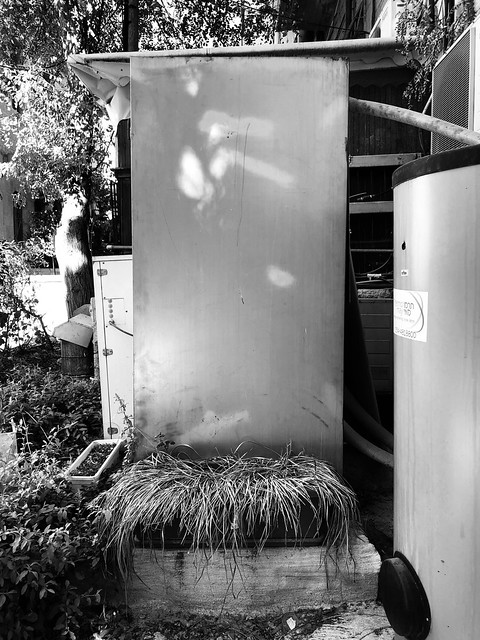What is an Electric Fan?
An electric fan is an electrical appliance that uses a motor to move blades. It’s a great way to keep the air moving in your vehicle and can be useful when making engine or radiator changes.
The study used a standard conceptual human heat balance model to determine the range of temperatures and relative humidity conditions at which the net evaporative cooling potential of fans exceeds that of people without fans.
Cooling
An electric fan is a machine that uses electrical power to rotate blades that force air in or out of a room. These machines are very effective at cooling down rooms and removing excess dehumidifier humidity that can lead to respiratory problems. These fans are also very affordable and easily installed in your home. Most manufacturers provide complete kits that allow you to quickly install your new cooling device.
Before the invention of an electric fan, people stayed cool by manually fanning themselves and other people. The invention of the electric fan allowed for far more efficient cooling than hand-fanning and is considered one of humanity’s most significant engineering accomplishments. It also helped pave the way for Willis Carrier, inventor of the air conditioner, to join Wheeler in the Inventors Hall of Fame.
Using a fan is a sustainable cooling modality, as it is cheaper and more widely accessible than air conditioning. Our modeling showed that during hot weather, for young adults, electric fan use would have provided cooling benefits on 96*6% of days and been detrimental to health on 0% of days.
There are many different types of electric fans available depending on your needs including; window fans, pedestal fans, industrial blowers and even portable handheld units. Many models use a centrifugal fan to provide axial flow. Some of these units come with a filter which can help keep your environment clean by eliminating bacteria and dust particles.
Ventilation
When most people think of electric fans they imagine the standard three blade options either pedastal or desktop. They’re often used to keep their personal space cool, but these machines are capable of much more. They can help maintain humidity levels, protect various rooms of the house from stagnant air and even help people sleep better at night.
Electric fans are also used to force air into low and high bypass jet engines, such as those on Boeing 777s, in order to maintain engine temperature. This is particularly important in drag racing, where the engine needs to be pushed to a high operating temperature in order to achieve optimum performance. Fans are also used to force air into radiators in order to reduce coolant temperatures.
In homes, electric fans can be used to vent smoke or other odours out through open windows. This is especially useful for dealing with cigarette smoke, but it can be used to vent kitchen smoke or odours from other sources as well.
In addition to cooling and ventilation, electric fans can also be used to remove contaminants from the air in an effort to improve health and hygiene. For example, exhaust fans can remove the odours caused by cooking or bathing from the air and help keep bathrooms clean. They can also be used to remove cigarette smoke, dust and other pollutants from the air in vehicles.
Noise
If you have a fan located near your computer or entertainment system, it may interfere with the quality of audio output. To prevent this from happening, position your fan so that it isn’t blowing towards any speakers or microphones. You can also use noise reduction software to minimize the impact of the fan on your audio recordings.
Fans are made up of many components that can come loose or warp over time. It is important to thoroughly inspect all parts of your dehumidifier wholesale ceiling fan and tighten any loose screws or bolts as necessary. Loose fasteners can create ongoing noise issues and cause premature wear on other parts of your fan.
Blades and motor assembly: Check the screws that hold the fan blade brackets to the motor assembly to ensure they are tight. Similarly, check that the downrod is securely fastened to the ceiling mounting bracket.
Unbalanced fan blades can cause rattling, clicking and sizzling noises. If you hear a rubbing sound, it indicates that parts of the fan are rubbing against each other. This problem can usually be solved by using a blade balancing kit to add adhesive weights to the trailing edge of the fan blades. It is important to evenly distribute the weights across all the blades to avoid further imbalances. If you are unable to resolve the issue on your own, contact a professional electrician for assistance.



